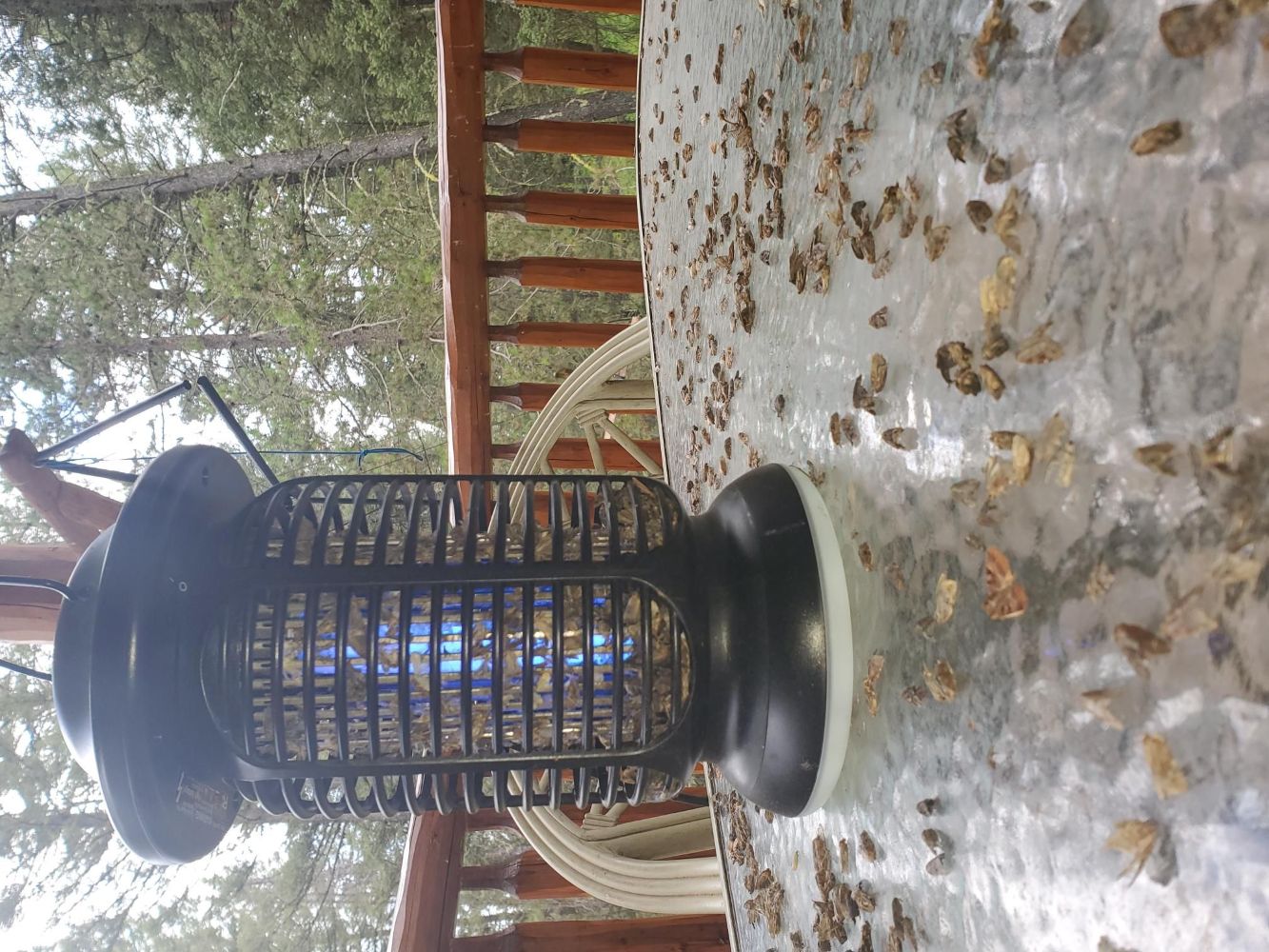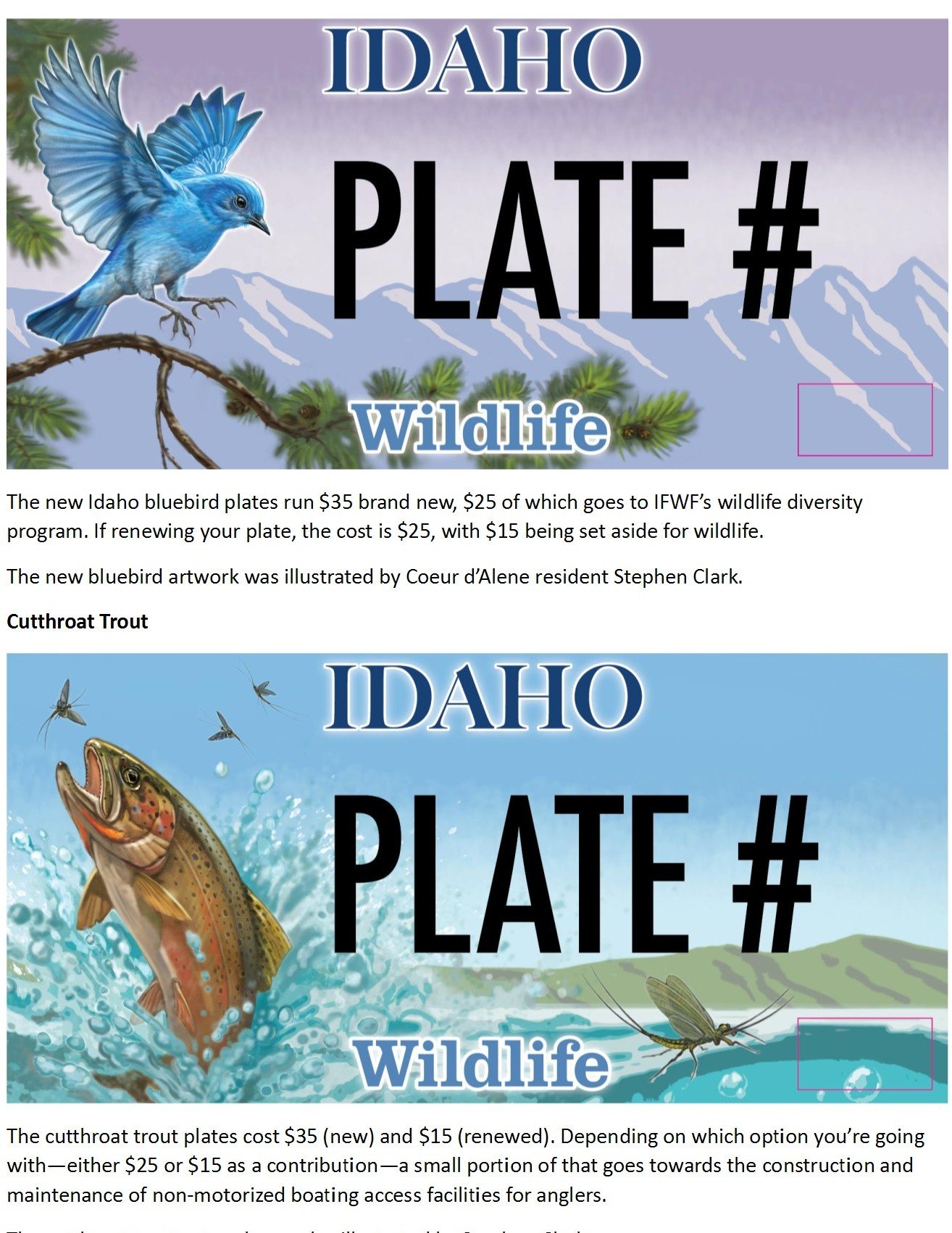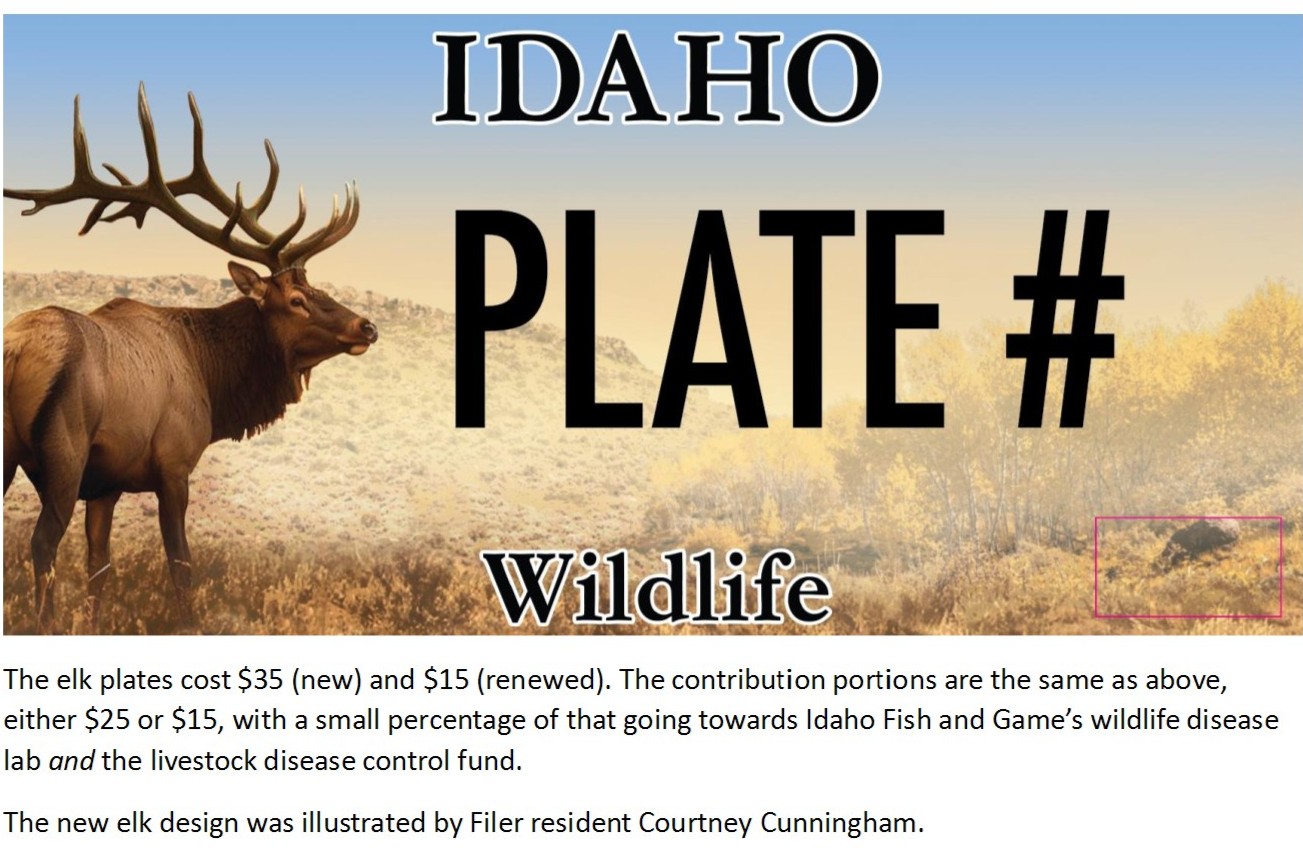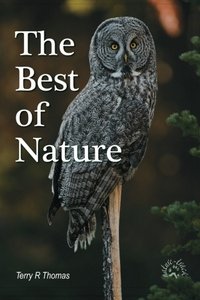Bacillus thuringiensis

©Terry R. Thomas/www.nature-track.com
The spruce budworm moths came to my zapper in waves. This photo only captures a small portion of the moths removed from the population in a single night. Will it help? Only time will tell.
A Gordon Lightfoot song, the Canadian Railroad Trilogy, has a stanza that goes, “There was a time in this fair land when the railroad did not run, When the wild majestic mountains stood alone against the sun, long before the white man and long before the wheel, When the green dark forest was too silent to be real.” In those long bygone days, forest processes were very different. It is not that things worked differently, but rather that there were endless forests where events like budworm and pine beetle infestations were just part of the landscape, not potential forest destroyers. The vast forests had resilience then and were able to recover quickly from disturbances like insects and fire. In fact, these disturbances were a part of the bigger picture that kept the forest cycle intact.
Today, most forests are fragmented into patches far smaller than the “green dark forest” of the song, and humans have thousands of acres of infrastructure among those trees or want the lumber the trees produce. Perturbations are less tolerated and often feared. An outbreak of, say, spruce budworms, could turn an idyllic forested subdivision into a fire-prone red needle then a gray ghost forest in just four years. We often find this unacceptable and reach for solutions than come from a can.
Without a doubt, spraying a broad-spectrum insecticide to stop spruce budworms is a terrible, horrible idea. Killing all the bugs in an area is like going after a pocket gopher with a nuclear-tipped warhead, and ecologically, just about as devastating. Much of the animal kingdom within our forests depends on this bottom of the food chain source of protein, and removing it is like removing the lowest blocks of the game, Jenga. The entire column collapses. For instance, it has been reported that to raise a brood of chickadees, 6,000-9,000 caterpillars and other insects are required. Kill the insects, starve the birds.
So, what to do? How can we target budworms and not other insects? Enter the natural bacterium, Bacillus thuringiensis also known as Bt. This bacterium is found naturally in the soils around the world. It attacks insects with a toxin that ruins the gut of the critter. Better yet, testing has shown that it is almost completely benign to other animals, humans included. This is because the toxin is activated at an alkaline gut pH such as found in insects, not in the acidic systems of most other animals which destroys the toxin.
Still, since Bt attacks insects, aren’t we back to the same problem of mass destruction? Not when varieties or strains of Bt are introduced into the equation. There are around 20 different strains of Bt that target different groups of insects. For instance, Bti is Bacillus thuringiensis subsp. Israelensis, effective at controlling mosquito and black fly larvae. It’s the active ingredient in Mosquito Dunks, a commercial product for controlling these larvae in water. Bacillus thuringiensis aizawai is used for the wax moth larvae in honeycombs, and Bacillus thuringiensis san diego (Btsd) is used for the Colorado potato beetle. Bacillus thuringiensis galleriae (Btg) claims to be effective against both the larvae and adult Japanese beetle.
For budworms and other members of the Lepidoptera family (butterflies and moths), the Bacillus of choice is Btk or Bacillus thurnigiensis kustaki, which is particularly good at killing butterfly and moth caterpillars. So, when budworms are the target, Btk is an answer. However, note that it is nonselective within the butterfly family. A monarch or swallowtail caterpillar will die just as quickly as a budworm caterpillar if it ingests the bacteria.
When our opportunity to have Btk sprayed on our Island Park lot literally crashed and burned with the drone delivering the spray, I got to wondering about other ways to control the budworms without any toxins. For homeowners, I tried a different solution. Last year and this year, I placed a “bug zapper” on my front porch. My thought was to capture as many mature moths as possible, hopefully before they lay eggs (they lay eggs from late July through August), and thus reduce the number of caterpillars the following spring. I caught several thousand moths the first night (with very few non-target moths and other insects) each season and fewer and fewer the subsequent nights.
Now, I get that I am just one guy in the middle of a forest (what my biologist friends would call a sample size of one), but if all my neighbors did likewise, could we make a difference without the financial and environmental cost of spraying even a relatively benign substance such as Btk? I will be very curious to see if my area sustains less damage than surrounding areas over the next several years. I even bought a second zapper to use on my back porch.
Help Idaho Wildlife
When we traveled across the state in October 2017, we visited most of the Idaho Department of Fish and Game wildlife management areas. Most of the vehicles we saw using the wildlife management areas did not have wildlife plates. Buying wildlife plates is a great way for non-hunters and hunters alike to support wildlife-based recreation like birding.
C'mon folks, let's help Idaho's wildlife by proudly buying and displaying a wildlife license plate on each of our vehicles!
See below for information on Idaho plates. Most states have wildlife plates so if you live outside Idaho, check with your state's wildlife department or vehicle licensing division for availability of state wildlife plates where you live.
And tell them that you heard about it from Nature-track.com!


Wildlife License Plates
Great news! as of 2024, there are three NEW designs for license plates. They still are bluebird, cutthroat trout and elk, but they are beautiful.
Idaho Wildlife license plates provide essential funding that benefits the great diversity of native plants and wildlife that are not hunted, fished or trapped—over 10,000 species or 98% of Idaho’s species diversity. Game species that share the same habitats (such as elk, deer, antelope, sage-grouse, salmon, trout) also benefit from these specialty plates.
No state tax dollars are provided for wildlife diversity, conservation education and recreation programs. Neither are any revenues from the sale of hunting or fishing licenses spent on nongame species. Instead, these species depend on direct donations, federal grants, fundraising initiatives—and the Idaho Wildlife license plates.
Both my vehicles have Bluebird Plates. I prefer the bluebird because the nongame program gets 70 percent of the money from bluebird plates, but only 60 percent of the money from elk and trout plates - 10 percent of the money from elk plates supports wildlife disease monitoring and testing programs (to benefit the livestock industry) and 10 percent from cutthroat plates supports non-motorized boat access.
Incidentally, in 2014, the Idaho Legislature denied the Department of Fish and Game the ability to add new plates or even to change the name of the elk and cutthroat plates (very specific) to wildlife and fish plates, a move that would have allowed for changing images occasionally and generating more revenue. It would seem that they believe that we Idahoans don't want a well funded wildlife program.
I think it is time we let the Legislature know that Idahoan support wildlife funding and that we would like to see these generic plates come to fruition.

"WOW. What a phenomenal piece you wrote. You are amazing." Jennifer Jackson
That is embarrassing, but actually a fairly typical response to my nature essays. Since The Best of Nature is created from the very best of 16 years of these nature essays published weekly in the Idaho Falls Post Register (online readership 70,000), it is a fine read. It covers a wide variety of topics including humorous glimpses of nature, philosophy, natural history, and conservation. Readers praise the style, breadth of subject matter and my ability to communicate complex and emotional topics in a relaxed and understandable manner.
Everyone can find something to love in this book. From teenagers to octogenarians, from the coffee shop to the school room, these nature essays are widely read and enjoyed.
Some of the essays here are my personal favorites, others seemed to strike a chord with readers. Most have an important message or lesson that will resonate with you. They are written with a goal to simultaneously entertain and educate about the wonderful workings of nature. Some will make you laugh out loud and others will bring a tear to the eye and warm your heart.
Readers Write:
"You hit a home run with your article on, Big Questions in Nature. It should be required reading for everyone who has lost touch with nature...great job!" Joe Chapman
"We enjoyed your column, Bloom Where Planted. Some of the best writing yet. The Post Register is fortunate to have your weekly columns." Lou Griffin.
To read more and to order a copy, click here or get the Kindle version
Copies are also available at:
Post Register
Island Park Builders Supply (upstairs)
Barnes and Noble in Idaho Falls
Harriman State Park, Island Park
Museum of Idaho
Valley Books, Jackson Wyoming
Avocet Corner Bookstore, Bear River National Wildlife Refuge, Brigham City, Utah
Craters of the Moon National Monument Bookstore, Arco, Idaho